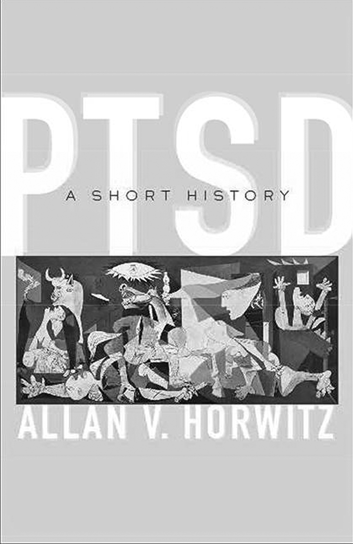
Although post-traumatic stress disorder (PTSD) appeared for the first time in DSM-III in 1980, there was nothing new about the condition. There is much more than meets the eye, as Horowitz makes clear in this succinct yet comprehensive social history. In this book, he describes the controversies and the vicissitudes surrounding how we have looked at the effects of trauma on individuals over time.
Horowitz explores the idea that the social history of PTSD is a microcosm of trends and fashions, debates and disputes in psychiatry over the years. He questions whether the disorder we see today is an immutable syndrome that has afflicted trauma victims across time and culture or whether it is a so-called disease of modernity, whose clinical presentation is melded by the social climate and state of medical knowledge of the time. For example, he highlights that the tics, hysterical blindness and paralyses seen in the First World War are rare today. Likewise, the chronic fatigue-like symptoms of so-called Gulf War syndrome appear equally unique to that 1991 conflict.
The author covers the issue of individual vulnerability, questioning whether a traumatic event of a certain severity is sufficient to cause PTSD in anybody, or whether an underlying vulnerability is required. He also examines the historical debate around whether traumatic events cause discernible, measurable and enduring biological brain abnormalities or whether they are a purely psychological phenomenon. He suggests that PTSD is a politicised diagnosis and examines the idea that its inclusion in DSM-III owes more to the lobbying of veterans’ groups and politicians in the wake of the Vietnam War than it does to the efforts of research or clinical experience.
Horowitz acknowledges that diagnosing PTSD has been the subject of contention and debate, examining questions such as: should a stressor be experienced first hand or can an individual be vicariously traumatised by, for example, watching images of a disaster unfold on television? Are the symptoms of PTSD too narrowly defined and is there actually a range of responses to trauma that cannot neatly be pigeonholed into existing diagnostic criteria? He explains that these are not merely erudite academic issues for debate as they have affected several legal cases involving substantial compensation claims.
The book concludes by looking to the future and speculating how the current move to abandon categorical diagnosis and introduce a dimensional approach might affect PTSD. The book is not overly technical and would be appreciated by the lay reader, particularly readers with an interest in medical history. It goes beyond the narrow contemporary focus of the textbook and should be thought-provoking for trainees, and as such deserves a wide readership.




eLetters
No eLetters have been published for this article.